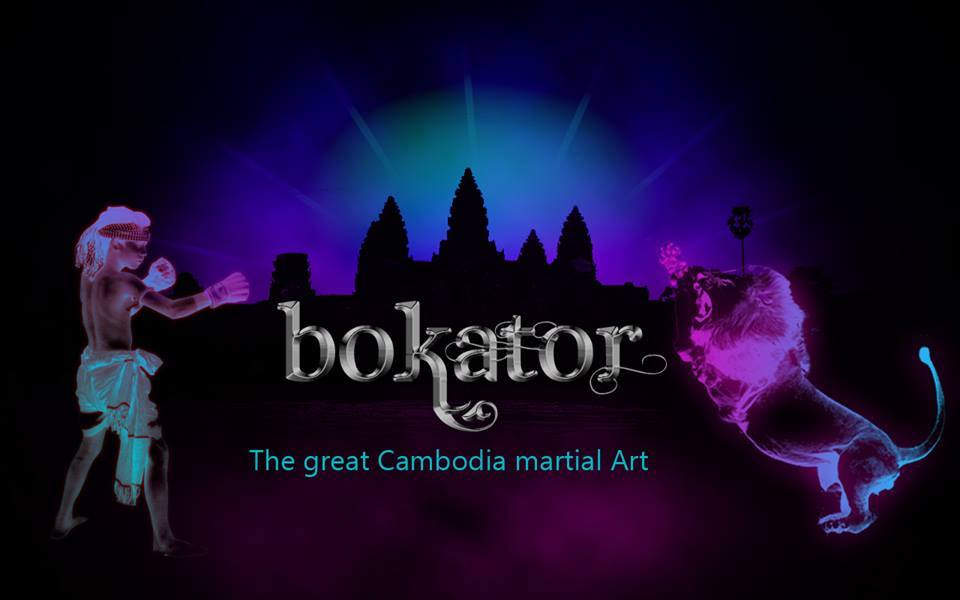The next exhibit from the ANM was found at the massive temple complex of Banteay Chhmar in northwest Cambodia,
Sculptures from Angkor National Museum:
The next exhibit from the ANM was found at the massive temple complex of Banteay Chhmar in northwest Cambodia, which, more than most temples, has been ravaged by looters with impunity. Hence, why this comment in the 1920 report from the École française d'Extrême-Orient (EFEO) was particularly prophetic: ‘The Khmer Archeology Museum, which has become one of the sections of the Albert Sarraut Museum in Phnom Penh…. also collected a beautiful lintel… a piece whose precise origin is unknown - it was saved by chance from a fraudulent export of Khmer sculptures which unfortunately seems to have continued for some time with impunity. We hope that in the near future more stringent legislation will put an end to the exploits of antiquities traffickers.’ Clearly a problem identified in 1920 would regrettably continue unabated for the next century.
The exhibit is a four-foot tall statue of Lokeshvara, minus his feet and ankles and most of his four arms. Lokeshvara took on a major relevance during the reign of King Jayavarman VII at the end of the 12th century and was revered as the supreme god, lord of the world and bodhisattva (buddha-to-be) of compassion. In his four hands he would’ve held a rosary, a lotus, a book and a flask, and on the front of his tall braided chignon is a seated Amitabha Buddha carving. His face is indicative of the meditative facial features of the Bayon-era of sculptures and his wide-belted sampot depicts a single anchor motif common in those times. Known as Lokeshvara in Cambodia, he was known elsewhere as Avalokiteshvara Bodhisattva. A series of free-standing statues of Lokeshvara can be found in museums both in Cambodia and around the globe, some of which are covered in small Buddha figures (known as Radiating Lokeshvara) or not, as in this case.
Wild, ruined and remote, Banteay Chhmar was initially visited by Etienne Aymonier around 1883, then Lunet de Lajonquière in 1903, before George Groslier, the head of EFEO in Cambodia, made four visits over the course of several years in the mid-1930s, mainly because the temple was only accessible for two months a year at that time. This Lokeshvara statue found its way into the National Museum collection in 1909 courtesy of General Leon de Beylie (a French colonial military officer, archeologist and collector, who drowned in the Mekong River a year later) and in the spirit of sharing the treasures of the Khmer Empire, it’s now on display in Siem Reap’s Angkor National Museum. Just for the record, the museum in Phnom Penh has 17 artifacts registered from Banteay Chhmar, while the Battambang Museum has 37.
About Me
I have graduate from BUILD BRIGHT UNIVERSITY(BBU) AND PREAH SIHANOUK RAJA (SBU) I work at Khmer Plus Computer Address: #156BE, St.63 (Trasak Phaem), Sang kat Chaktomok, Khan Daun Penh, Phnom Penh And Much More... Hey..My name is Thol Un Welcome To my site! Hope it will help you! Nice to know you! Indroduce My Self -My name is Thol un.I come from Kompong cham Province -Now I am staying at Langka pagoda .I have graduated from Build Bright University -My Major is Information and Network Technology -I am Working at Khmer Plus Computer -I want to get experience From your Company and develop your Company to be More Successful forever
Thanks for Support
Copyright©️:2021 All Rights Reserved. @Mr. Thol Un Hi every body, In this video I want show about the people success with Website, All This The Result From Website Partnership. Make money online speak Khmer: Please Followers My Website to Get More Videos!! Giving Dharma Is Better Than Giving Things!! Thanks for Support My Website !! This Website is created for the purpose of spreading the Entertainment Cambodia and other History Khmer, Dharma Khmer, Cooking Khmer by posting videos in Website Blogger or Blogspot YouTube and Facebook Page. Thanks and thanks for the support for this Website ..! Thanks For watch all this Website !❤ Like ✅Share ☑️ Comment❤ Kindly donate to the ABA Bank : ❤Thol Un❤ ❤001885833❤
















